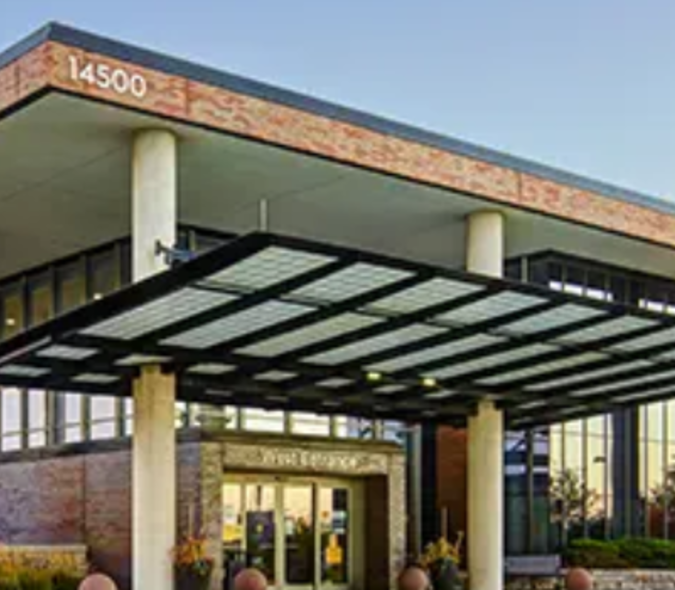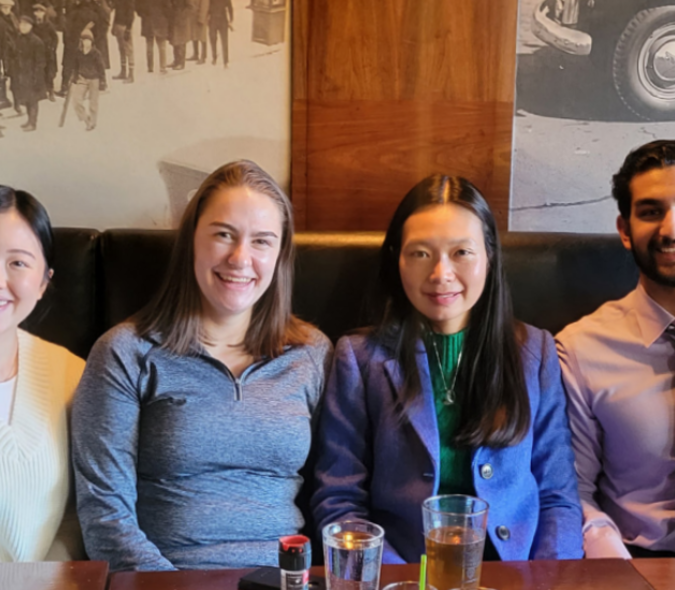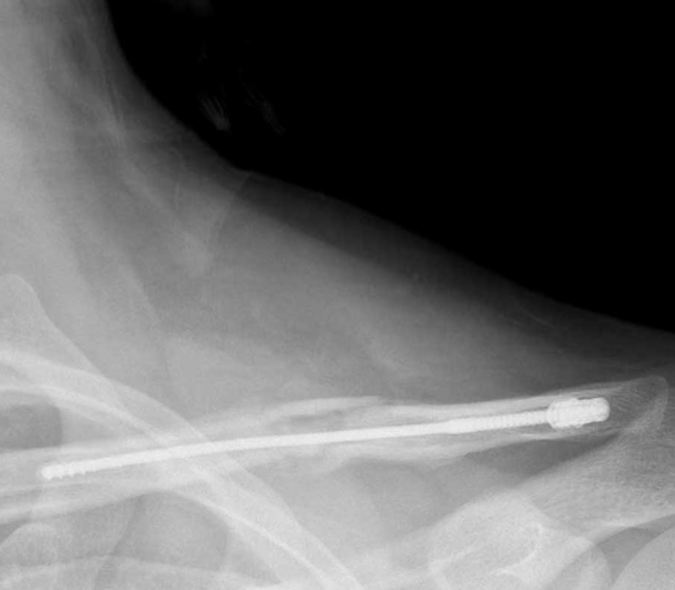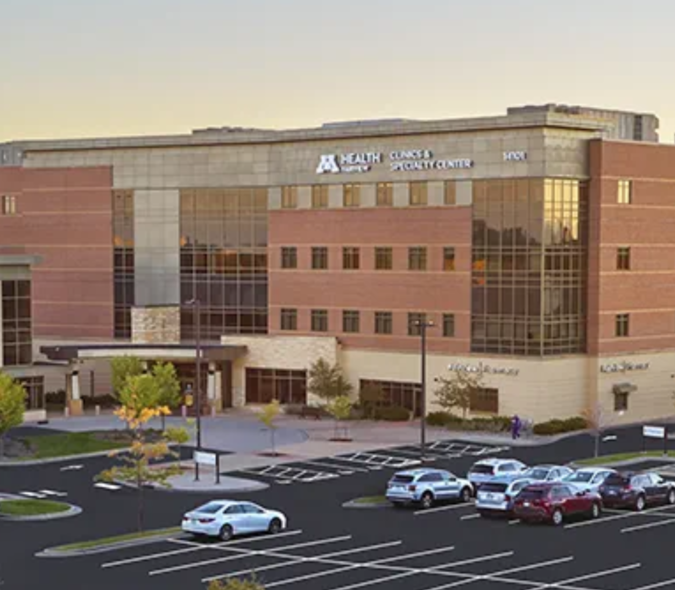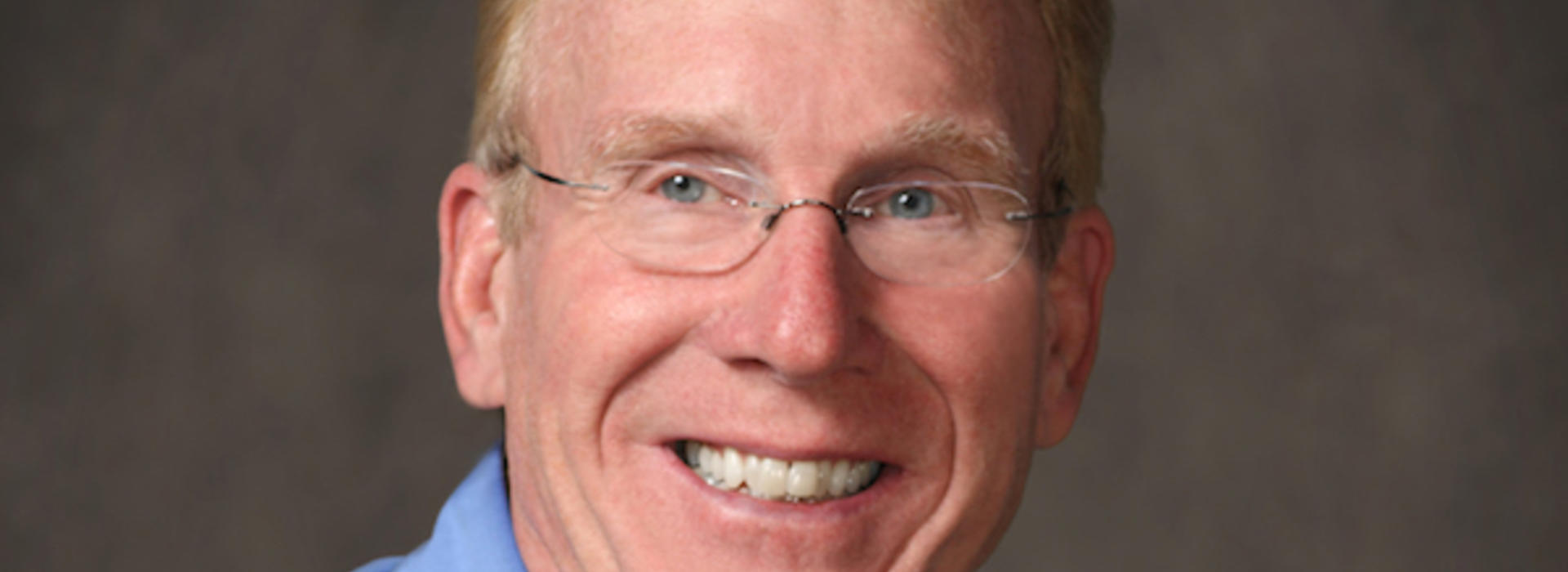
Minnesota Orthopedist Pioneers Sports Medicine as a Subspecialty
Robert Hunter’s family loves the Minnesota Gophers. In fact, when he was born at the University of Minnesota Medical Center on a Saturday in 1949, his father was at the Gophers football game.
“My mom wasn’t angry at him for being at the game, she was angry because she couldn’t go to the game,” Hunter says with a chuckle.
Little did they know that Dr. Hunter would eventually be an orthopedic surgeon at the same hospital and pioneer sports medicine as a subspecialty.
It started in the early seventies, while Hunter was attending the University of Minnesota Medical School. There, he met James House, MD, an orthopedic surgeon and medical student advisor who sparked his interest in orthopedics. At that time an internship was required after medical school and before residency, which he completed at the Virginia Mason Medical Center in Seattle, WA. This internship solidified his desire to be an orthopedic surgeon and a resident at the University of Minnesota. Regrettably, Hunter submitted his application to residency later than anticipated.
“By the time I applied, the University of Minnesota had filled its positions for the coming year,” he recalls. The department recommended that he complete another internship and apply again the following year. “I thought I was being sentenced to death by doing another year of an internship, but I agreed to find one.”
Hunter was accepted to orthopedic residency programs at both the University of California-Los Angeles and Chicago, but turned them both down to wait for a spot in the University of Minnesota Department of Orthopedic Surgery Residency Program. Serendipitously, he got a call from Roby Thompson Jr., MD, department chair from 1974-1995, in April offering him a spot in the program. One of the residents had decided not to come.
Hunter and his family immediately packed up the car and came back to Minnesota so that he could start his orthopedic surgery residency in 1976. As a third-year resident, Thompson approached Hunter with a proposition.
“He asked what I was going to do after residency” Hunter recalls. “At the time, I was thinking about pursuing a spine subspecialization. Thompson responded ‘There’s this new thing that’s emerging. It’s called sports medicine, we wanted someone to look into it if you want to stay on as faculty.’”
At first, Thompson didn’t think that the sports medicine position would be a full-time need. Regardless, Hunter agreed to join the faculty at the University of Minnesota in 1980, and started the sports medicine program.
“We were kind of inventing as we went,” he says. “We were just starting arthroscopy, so we had to collaborate with the people designing the device. We were right at the beginning of all that, and it was a wonderful time.”
The arthroscope is a rod-like device with a camera at the end that can be inserted into a small incision. From there, doctors can examine joints, diagnose problems, and perform surgery in a way that is minimally invasive. It is often used to diagnose and treat sports-related injuries.
Hunter helped found the University of Minnesota Sports Medicine Institute and the Sports Medicine Fellowship. He also started teaching arthroscopy, and since the procedure was so new, very few people knew how to properly use it.
“I’m very happy that Roby pulled me aside and asked me to pursue sports medicine,” he says. “If I could go back and change anything, I’d probably change nothing. It was perfect for me.”
By this time, Hunter’s parents had bought property in Aspen, CO, where he visited and skied for many years. In 1989, Hunter was recruited by Orthopedic Associates of Aspen and Glenwood Springs to help them start a fellowship program of their own, start publishing research, and start teaching.
“When I got to Aspen, it was an instant love affair,” Hunter recalls. “There was such a challenge because there was nothing academic happening at all.”
Hunter helped establish the Aspen Foundation for Sports Medicine Education and Research, a sports medicine fellowship program, and galvanized their research and publication efforts. The fellowship program was particularly unique and grew to be well-known and respected because the only other fellowship in the state at that time was in Vail.
After about 14 years in Aspen, Hunter had the desire to re-enter the academic environment full-time. He was also raising two children and sought more specialized education options for them. That’s when the University of Arizona’s orthopedic department chair approached Hunter to start and manage a sports medicine program there. Hunter relocated to the University of Arizona, Tucson, to found the Arizona Institute for Sports Medicine and their sports medicine fellowship.
“It was a perfect move for us at the time,” he says.
Still, Hunter and his wife Patti’s hearts were in Colorado. After about six years Hunter got a call from an orthopedic group in Salida, a city located just over the mountains from Aspen. For the fourth time, Hunter’s expertise was needed to build a sports medicine program from the ground up at Heart of the Rockies Regional Medical Center, where he practices today. Since living in Salida, Hunter was elected president of the Arthroscopy Association of North America (AANA), which is the largest subspecialty under the umbrella of the American Academy of Orthopaedic Surgeons (AAOS). He was elected five years ago and served as president from 2017-2018.
“It was really the highlight of my academic career,” he says.
Hunter still serves on the executive committee of the AANA and will through the spring of 2020. Within the last 10 years, Hunter has also become deeply involved in an organization called the Society of Military Orthopaedic Surgeons (SOMOS).
“It turns out active duty orthopedic surgeons are asked to do a lot of arthroscopic work,” he says. “Although the majority of the procedures are done arthroscopically, the military offers only two sports medicine/arthroscopy fellowship spots annually for people finishing their residency.”
An orthopedic surgeon might graduate residency and be at their new active duty station the following week. If they have never performed an arthroscopic surgery alone before, or at all, that is a huge problem. The military came to the AANA and asked if they would help train the surgeons to be better at arthroscopic surgery. SOMOS and AANA have had a collaboration for the last 10 years, which has allowed them to bring active duty orthopedists to their orthopedic learning center in Rosemount, IL.
“We spend the weekend teaching them the latest and greatest in either shoulder or knee arthroscopy,” he says. “It’s a very important initiative because it concerns the readiness of the surgeons to take care of the troops so that they, when called upon, are ready to go.”
Teaching has been Hunter’s life calling.
“It’s just amazing to watch people learn and to see their eyes light up when they get it,” he says. “That’s really fun for me.”
Hunter says that his greatest mentor at the University of Minnesota was Dr. Roby Thompson.
“He could balance basic science research, clinical practice, and his administrative work better than anybody I’ve ever met,” he says. “I kind of wanted to be him. He had a really important impact on my life.”
When asked about the importance of residency on his practice, Hunter says that there’s not one thing he learned in residency that he has done in 25 to 30 years.
“That said, what the residency does teach you is how to think,” he says. “It taught you anatomy, and how to read and interpret the orthopedic literature. In addition to that, I learned how to get along with my colleagues and I became friends with a lot of them.”
Hunter is looking forward to the coming spring for a couple of reasons. First, his term on the AANA board will be coming to its completion, and second, he will be turning 70.
“I think it’s a good time for me to start to back away a little bit,” he says.
